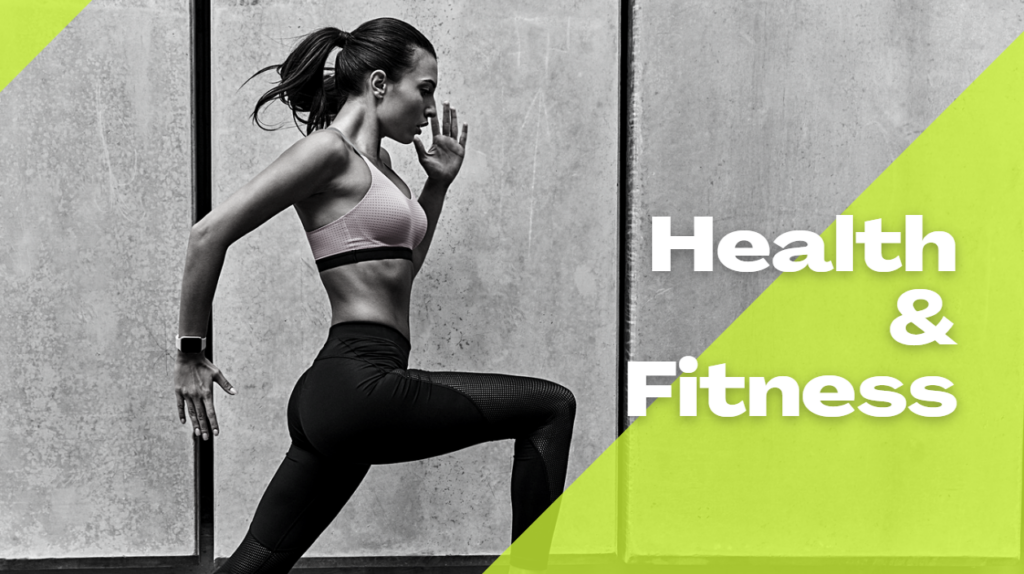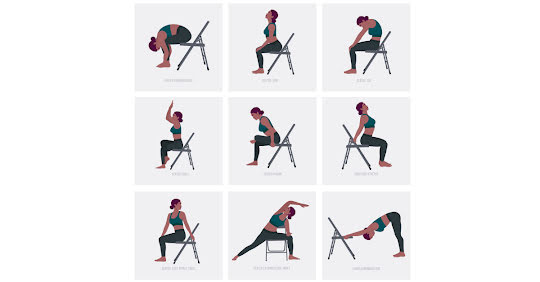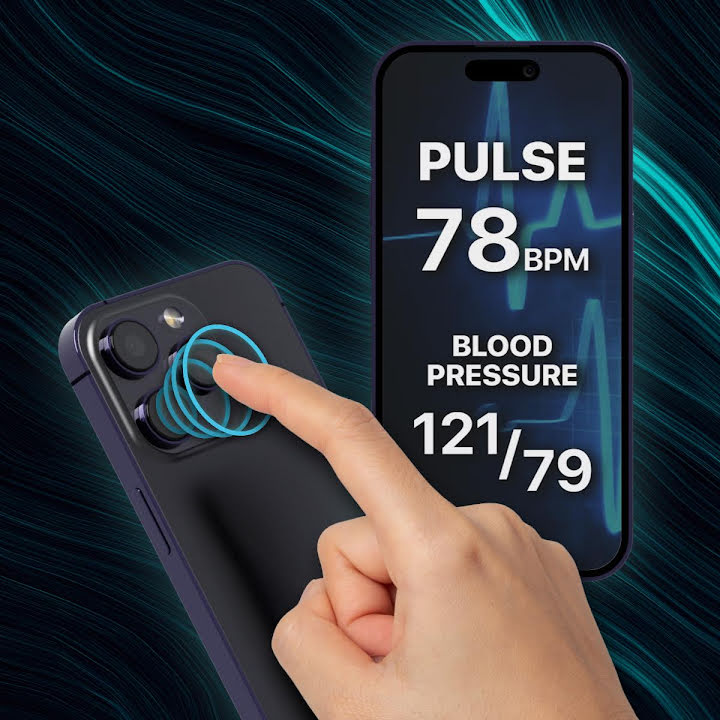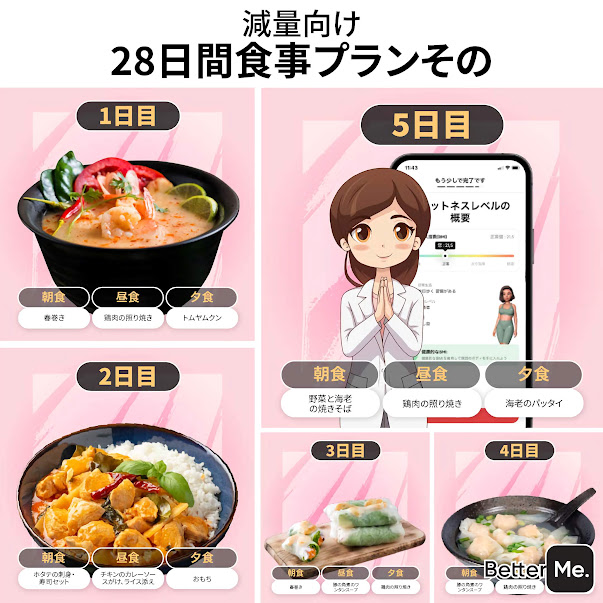Health and fitness apps have become essential tools for individuals aiming to lead healthier lives. These apps offer a wide range of functionalities, from tracking workouts and monitoring nutrition to providing mental wellness resources. The health and fitness app industry is expected to grow significantly in the coming years, driven by rising awareness of physical and mental well-being.

Categories of Health and Fitness Apps
Based on different target audiences and features offered, health and fitness apps can be categorized as follows:
Workout and Exercise Apps
These apps guide users through various workouts, from strength training to cardio exercises. They often feature video tutorials, progress tracking, and personalized workout plans.
Examples:
- Keep: A popular app offering a wide range of workouts, from yoga to HIIT.
- Nike Training Club: Provides expert coaching and training plans tailored to user goals.
- Freeletics: Focuses on bodyweight exercises with customizable workout plans.

Nutrition and Diet Apps
These apps help users track their food intake, manage their diet, and set nutritional goals.
Examples:
- MyFitnessPal: A comprehensive food diary app with a vast database of foods and recipes.
- BetterMe: Focuses on fitness and weight management with personalized workout and meal plans.
- Yazio: Offers a holistic approach to diet, including meal planning, fasting, and calorie tracking.
Health Monitoring Apps
These apps focus on tracking vital health metrics, such as blood pressure, heart rate, and oxygen levels, often syncing with wearables and other devices.
Examples:
- Heartify: A unique app that focuses on heart rate monitoring and stress management through breathing exercises.
- Qardio: Monitors blood pressure and heart rate with seamless syncing to smart devices.
- Blood Pressure Companion: A dedicated app for tracking blood pressure trends and providing insights.

Mental Wellness and Meditation Apps
These apps provide resources for meditation, stress management, and improving mental health.
Examples:
- Headspace: Offers guided meditation and mindfulness exercises.
- Calm: Specializes in meditation, sleep stories, and relaxation techniques.
Activity Tracking Apps
These apps track physical activity, steps, sleep patterns, and other health metrics, some syncing with wearables.
Examples:
- Strava: Popular among runners and cyclists for tracking and analyzing workouts.
- Google Fit: Monitors activity and integrates with various fitness devices.
- Fitbit: Offers comprehensive health tracking, from daily steps to sleep quality.
Advertising Trends for Health and Fitness Apps
Based on analysis from BigSpy, here are several popular trends and creative elements making successful campaigns:
Personalization and Data-Driven Health Management
A key element in current health and fitness app advertising is the focus on personalized health solutions. Ads highlight how apps use data from users' activity records, health metrics, and schedules to create customized workout plans, nutrition advice, and health monitoring. For example, an ad might showcase how the app adjusts future training intensity based on a user's past workout data or recommends optimal recovery times based on sleep and heart rate analytics. This level of personalization appeals to consumers who are looking for tailored health management.

Influencer Marketing and Social Media Reach
Collaborating with fitness influencers and health experts is a powerful strategy. These influencers create authentic content that introduces the app's value, building trust among their followers. For example, fitness influencers might share their workout routines using a specific app, driving both engagement and downloads.
Social Proof and User-Generated Content
Showcasing testimonials, success stories, and reviews from real users enhances credibility and encourages potential users to try the app. User-generated content, like before-and-after transformations or workout challenges, can be particularly compelling.
Integration with Wearables and Smart Devices
Advertising campaigns increasingly highlight the app's integration with popular wearables like Apple Watch, Fitbit, and other smart devices. This not only appeals to tech-savvy consumers but also emphasizes the app's role in providing a comprehensive health solution.

Visual Storytelling and Video Content
Video ads and short, visually engaging content have become essential in grabbing attention on social media platforms. Tutorials, workout demonstrations, and day-in-the-life content featuring the app's features can effectively showcase its benefits.
Gamification and Challenges
Many successful apps use gamification to engage users. Advertising campaigns often highlight these features, such as step challenges, workout streaks, or reward systems, to attract competitive users and build a community around the app.
Conclusion: Learn from more good advertising strategies for health and fitness apps
As the health and fitness app market continues to expand, the competition for user attention grows fiercer. Understanding the different categories of apps and leveraging current advertising trends is crucial for developers and marketers looking to stand out. If you want to promote your health and fitness apps, you can use BigSpy to get more ad insights. I believe you can effectively reach and engage your target audiences, driving both downloads and long-term user retention!